‘‘Either write something worth reading, or do something worth writing.’’
Benjamin Franklin.
I am in Paris. I love Paris. It reeks of the arrogance and certainty still of the ‘City of Light’ title, and the popular French imagination that the events of 1789 were the crown that sat atop the Enlightenment and set the stage for the scientific revolutions of the 19th century, and the dominance of the world by this cold and dark continent: a dominance at first political, but most meaningfully and enduringly in terms of scientific ideas about the workings of nature. Of course, one or two Americans would have something to say about that, but I rather enjoy this impression of Paris precisely because its arrogance is (slightly) misplaced.
Scientific dominance has always gone, and always will go, hand in hand with education. You cannot have one without the other. This I think is true at all levels, from 7 year-olds rolling balls down ramps in primary schools, to the latest research findings rolling out of the world’s leading universities. There is no shortcut. This though, is not something that is always agreed upon: we are living in a time of comprehensive educational change at all scales ranging from Michael Gove’s ‘free schools’ to the Beijing Genomics Institute’s stance that PhDs no longer hold value: better to have armies of graduates staring at computer screens (and to be fair, writing useful software) trying to decipher the genome of some obscure parasite of the Panda, than have people dreaming up and testing hypotheses and writing theses. That however, is another blog. I want to return to Mr Gove.
Though I hate to say it, I am a broad supporter of his fundamental premise: that educational standards in the UK have dropped, and that school-leaving qualifications are not now at the level that they have previously been, or fit for their primary purpose: distinguishing between students. Anyone who argues otherwise I think has the not inconsiderable task of explaining why entry standards for the best universities are ever on the rise, to the extent that we have introduced the grade ‘A*’ – I can think of no more damning indictment. While I have been teaching undergraduates for 5 years or so, and therefore am in no position to comment on a long-term trend, I suspect that it is not correlated with an increase in the academic quality of 1st year undergraduates.
It is incredibly unpopular likewise to admit to being fundamentally of similar instinct to Mr Gove when it comes to the form that education should take. Nevertheless, I am, at least in inclination (I suspect we would both call ourselves traditionalists). I was once told by somebody who I consider to have been amongst the brightest people I have ever come across that no-one has improved upon the best way to teach anything in 2500 years: by young people sitting around discussing ideas in the presence of an intelligent teacher in very small groups. The idea that telling 35 students (or indeed 95 – ‘scientific’ educational approaches ironically seem to have invaded even university science education) what their learning outcomes are is going to make the remotest difference to their future performance as adults in writing things worth reading, or doing things worth reading about, is ridiculous. So are the vast majority of the ‘scientific, evidence-based’ educational reforms that accompanied the rise of the flawed genius who originally coined the title of this blog*. As such, it is here that I (thankfully) depart from the opinions of the Rt Hon Member for Surrey Heath.
The way to improve state secondary education is not to diversify the kinds of institution through which the state delivers education. It is precisely the opposite. Having free schools, academies, comprehensives, grammar schools, and private schools available to every parent is not the key to educating the future writers and doers of our country; the key is to teach them with intelligent people in small groups. That is it. The Secretary of State for Education does not need to argue that the education system requires reform to make it into more of a marketplace. He does not need to obtain votes of no confidence from teaching unions (with nakedly obvious relish in enhancing his own standing within his party in anticipation of a future battle for the leadership with a charismatic Mayor) by telling teachers that their pay needs to be ‘performance-related’. He simply needs to do two things: fight the chancellor for more money at budget time, and spend that money on decreasing class sizes. That is (predominantly) it.
As I said, I share many instincts with Mr Gove, not least his admiration for the way that education is structured within private schools. While the state system was busy systematically making state schools compete with one another in league tables and ironically removing the notion of such competition from a generation (my generation) of British youngsters by inflating their grades, removing competitive sport and finally literally selling them a plethora of poor higher education qualifications**, private schools were doing what they had done for generations: educating students in very traditional subjects, in very small groups, and developing their intellect to the point where they would contribute extensively to the future of the country (by serving as cabinet ministers, perhaps?).
Private schools do a lot of things incredibly well. They encourage a range of educational opportunities by hugely promoting theatre, music and sport, and any other extra-curricular activity it is possible to think of. (In fact, I am not sure the phrase ‘extra-curricular’ has much meaning in the private schools that I have come across). They encourage a culture of work by demanding of students an awful lot of sheer commitment, effort and quality. This is not confined simply to intellectual effort (indeed, in my limited experience – I am state educated – intellectual effort is not prominently required), but rather those qualities of personality that are independent of intellectual ability and present in good people, people who go on to write and do.
What they are not good at is fairness. We should not make our education system more like a market, because you shouldn’t be able to buy an education*** – it is too important for that; we should make it fairer. The single best way to do that is with intelligent teachers teaching small classes.
*One Anthony Blair, who incidentally was much better at speaking to teaching unions than Mr Gove.
** This point is very contentious. I shall not impart my own opinion on it any further in this piece, other than to mention in passing that in the year that I went through the UCAS system, one of my options was to apply to read David Beckham Studies at the University of Staffordshire.
***Actually, I am of the opinion that it is not possible to do that, but this may be a semantic argument and I shall leave it for another day.
This post was also published in the author’s own blog.
 (1 votes)
(1 votes)
 Loading...
Loading...


 (No Ratings Yet)
(No Ratings Yet)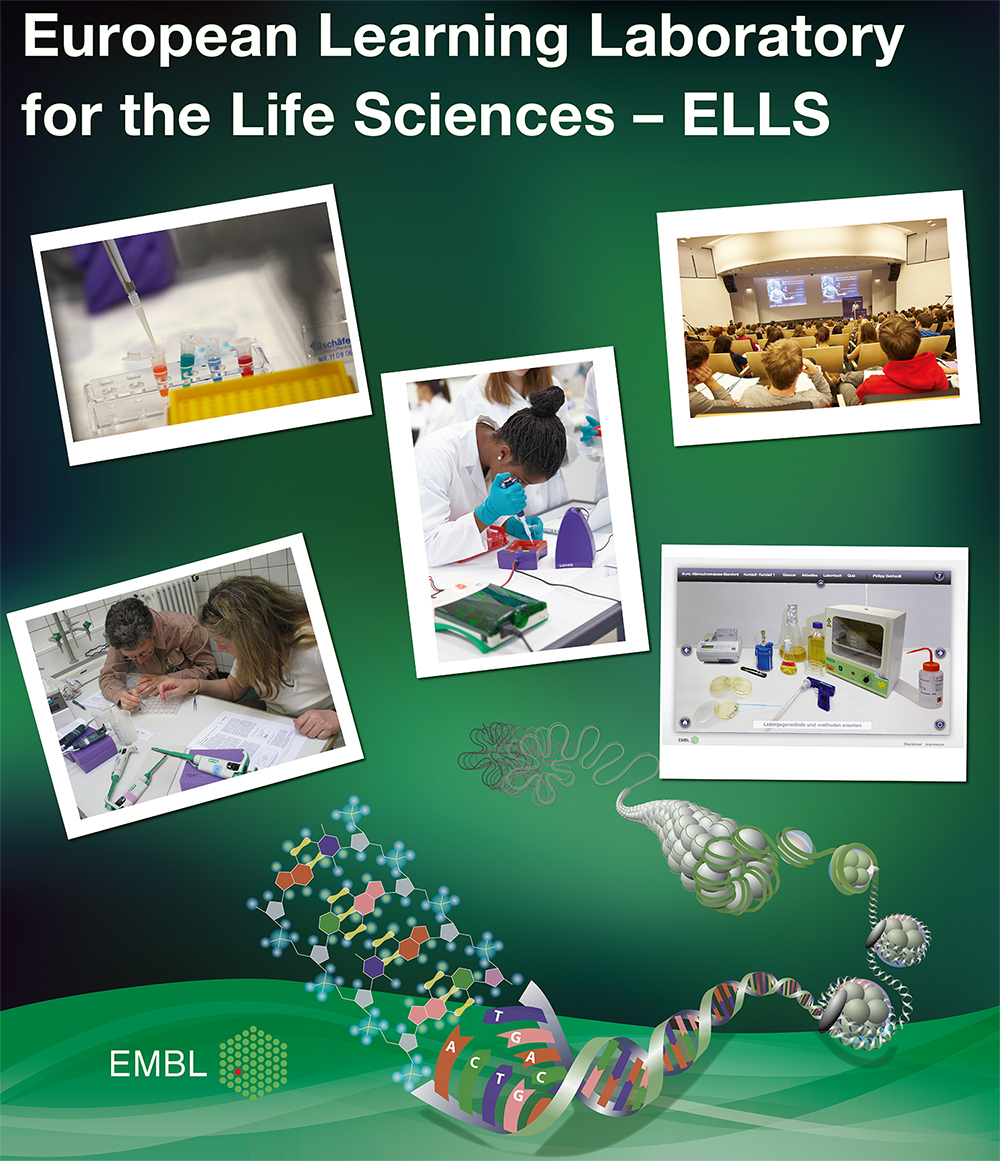

 (4 votes)
(4 votes)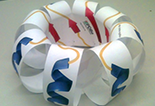

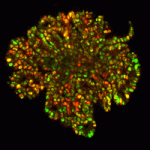 An effective cellular therapy for diabetes is dependent on the production of sufficient quantities of functional β-cells. Recent studies have enabled the production of pancreatic precursors but efforts to expand these cells and differentiate them into insulin-producing β-cells have proved a challenge. Now, Anne Grapin-Botton and colleagues establish a three-dimensional culture method that enables the efficient expansion of mouse embryonic pancreatic progenitors (
An effective cellular therapy for diabetes is dependent on the production of sufficient quantities of functional β-cells. Recent studies have enabled the production of pancreatic precursors but efforts to expand these cells and differentiate them into insulin-producing β-cells have proved a challenge. Now, Anne Grapin-Botton and colleagues establish a three-dimensional culture method that enables the efficient expansion of mouse embryonic pancreatic progenitors (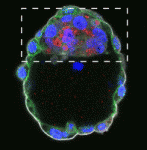 The preimplantation mouse embryo consists of three lineages: trophectoderm, primitive endoderm (PrE) and epiblast (Epi), which will become the future foetus. PrE and Epi precursors are initially present in a ‘salt and pepper’ distribution within the blastocyst and subsequently sort into two distinct layers but what controls this segregation? Here, Berenika Plusa and colleagues show that atypical protein kinase C (aPKC) couples cell sorting with cell fate progression in the mouse blastocyst (
The preimplantation mouse embryo consists of three lineages: trophectoderm, primitive endoderm (PrE) and epiblast (Epi), which will become the future foetus. PrE and Epi precursors are initially present in a ‘salt and pepper’ distribution within the blastocyst and subsequently sort into two distinct layers but what controls this segregation? Here, Berenika Plusa and colleagues show that atypical protein kinase C (aPKC) couples cell sorting with cell fate progression in the mouse blastocyst (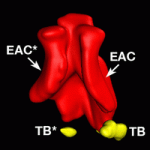 Abnormalities in the external ear, which is composed of the auricle and the external auditory canal (EAC), are frequent in newborns. However, little is known about the molecular mechanisms that govern external ear morphogenesis. Here, Filippo Rijli and colleagues report that Hoxa2 is a key transcriptional regulator that controls auricle morphogenesis in mice (
Abnormalities in the external ear, which is composed of the auricle and the external auditory canal (EAC), are frequent in newborns. However, little is known about the molecular mechanisms that govern external ear morphogenesis. Here, Filippo Rijli and colleagues report that Hoxa2 is a key transcriptional regulator that controls auricle morphogenesis in mice ( Cell fate decisions are influenced by extrinsic and intrinsic factors, but understanding how these are integrated is key for determining how cell fate is specified during development. Here, Yannis Mavromatakis and Andrew Tomlinson use developing ommatidia of the Drosophila eye as a model for exploring the logic of cell fate decisions (
Cell fate decisions are influenced by extrinsic and intrinsic factors, but understanding how these are integrated is key for determining how cell fate is specified during development. Here, Yannis Mavromatakis and Andrew Tomlinson use developing ommatidia of the Drosophila eye as a model for exploring the logic of cell fate decisions (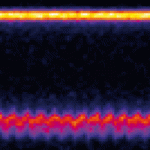 Pulsatile blood flow is driven by the heart and is a universal feature of vertebrate blood systems. However, the mechanisms controlling blood flow propagation in the embryo, while heart maturation is ongoing, are poorly understood. Here, Julien Vermot and co-workers examine vascular hydrodynamics and biomechanics in zebrafish embryos (
Pulsatile blood flow is driven by the heart and is a universal feature of vertebrate blood systems. However, the mechanisms controlling blood flow propagation in the embryo, while heart maturation is ongoing, are poorly understood. Here, Julien Vermot and co-workers examine vascular hydrodynamics and biomechanics in zebrafish embryos (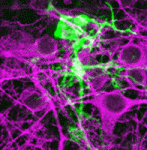 During development of the mammalian brain, cortical progenitors divide and give rise to neurons and glia. A number of signalling molecules and receptors are known to control neural progenitor fate but now (see
During development of the mammalian brain, cortical progenitors divide and give rise to neurons and glia. A number of signalling molecules and receptors are known to control neural progenitor fate but now (see 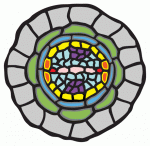 The establishment of a pre-pattern or competence to form new organs is a key feature of plant development. Philip Benfey, Tom Beeckman and colleagues review the mechanisms that underlie pre-pattern formation and the earliest stages of lateral root development. See the Review article on p.
The establishment of a pre-pattern or competence to form new organs is a key feature of plant development. Philip Benfey, Tom Beeckman and colleagues review the mechanisms that underlie pre-pattern formation and the earliest stages of lateral root development. See the Review article on p. 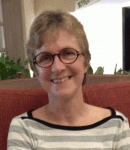 Janet Rossant is a developmental biologist who has worked for many years on the mouse blastocyst, the derivation of stem cell lines and on investigating the mouse genome. In June 2013 she became president of the ISSCR, and she was also awarded the Harrison Medal – a prestigious prize given only once every four years. Earlier this year, Cat Vicente interviewed Janet. See the Spotlight article on p.
Janet Rossant is a developmental biologist who has worked for many years on the mouse blastocyst, the derivation of stem cell lines and on investigating the mouse genome. In June 2013 she became president of the ISSCR, and she was also awarded the Harrison Medal – a prestigious prize given only once every four years. Earlier this year, Cat Vicente interviewed Janet. See the Spotlight article on p. 
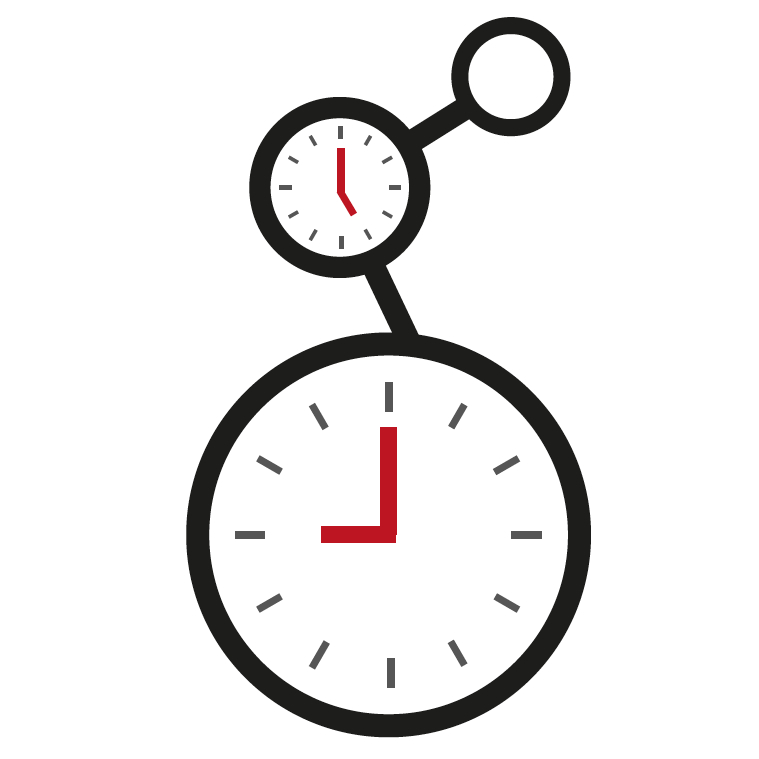 This post is part of a series on a day in the life of developmental biology labs working on different model organisms. You can read the introduction to the series
This post is part of a series on a day in the life of developmental biology labs working on different model organisms. You can read the introduction to the series